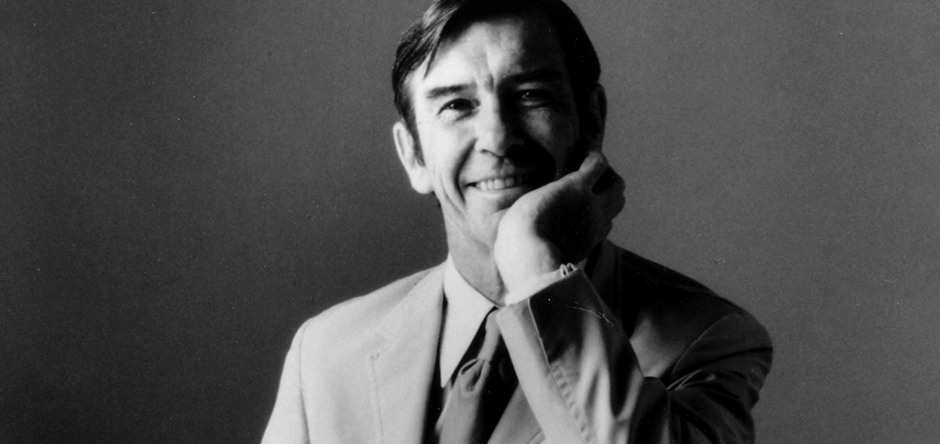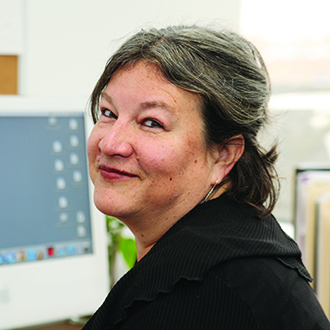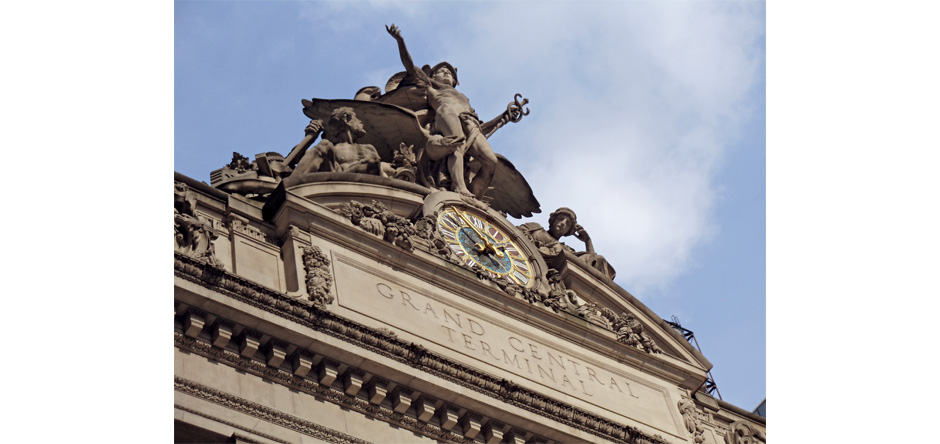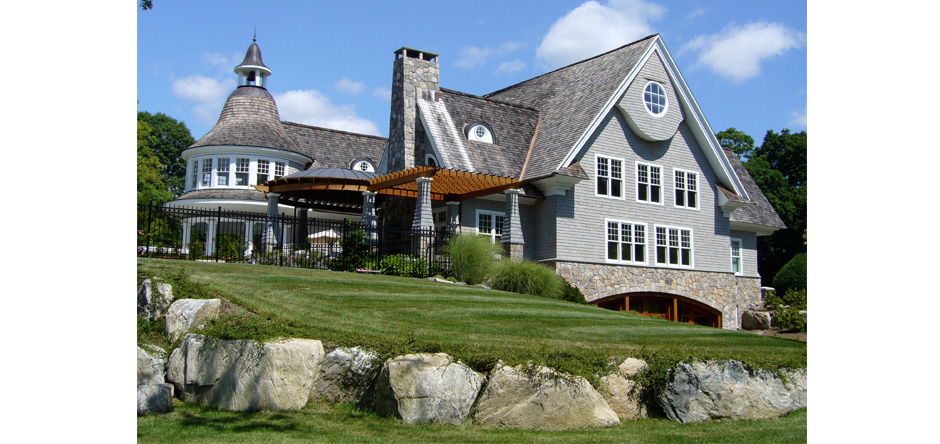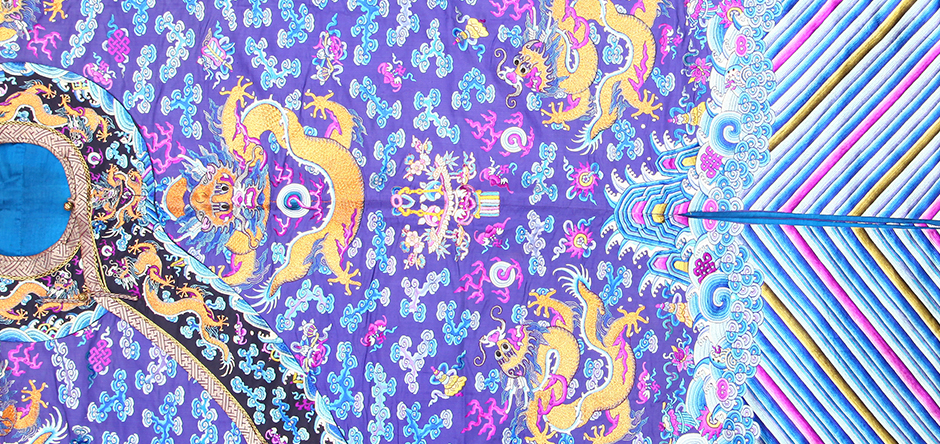Photograph courtesy Katonah Museum of Art.
Architect Edward Larrabee Barnes was known for his designs of corporate headquarters, academic buildings and gardens — and, thanks to his wife, the Katonah Museum of Art is also on that list.
Soon, the KMA will celebrate the 25th anniversary of its landmark building with an exhibition dedicated to its architect, a man of worldwide acclaim who for years also called Westchester home.
“A Home for Art: Edward Larrabee Barnes and the KMA,” which opens March 29, will offer a timely exploration of the noted architect who had strong ties to both the community and the museum.
Barnes (1915-2004) built skyscrapers and museums, camps and colleges, gardens and private homes. Among those of note were IBM’s former corporate headquarters on Madison Avenue, the Thurgood Marshall Federal Judiciary Building in Washington, D.C., the Dallas Museum of Art and the Haystack Mountain School of Crafts in Deer Isle, Maine.
Locally, in addition to numerous homes, Barnes designed the onetime IBM complex in Mount Pleasant and also created the master plan for Purchase College, then called the State University of New York at Purchase.
The Chicago native had studied with Walter Gropius and Marcel Breuer, icons of the International style of architecture, before graduating from the Harvard Graduate School of Design at Harvard University in 1942. After serving in the U.S. Navy during World War II, Barnes worked in industrial design before opening his own firm in Manhattan in 1949.
His far-reaching career would be one that earned him, posthumously in 2007, the highest honor in his field, the AIA Gold Medal from the American Institute of Architects.
Noted for his ambitious Modernist museum structures, Barnes designed the KMA with a somewhat different approach than most of his other work, says the museum’s executive director Darsie Alexander, who knows Barnes’ work well.
“Part of my own history is I’ve worked in a number of Barnes’ museums,” she says on a recent morning as the exhibition’s final touches are coming together.
Before joining the KMA in March 2014, Alexander was the chief curator of the Walker Art Center, perhaps one of Barnes’ most noted museum projects.
“It’s a beautiful Brutalist building,” she says of the Minneapolis landmark.
“The galleries are gorgeous,” Alexander continues, before likening the exterior to “a fortress-like structure.”
In Katonah, though, Alexander says Barnes designed an intimate space filled with light. The structure itself, she adds, is surrounded by natural beauty, giving the entire project “a more human scale … both as a museum and as a building.”
Barnes, who not only designed his own Mount Kisco home but those of friends, neighbors and clients in a handful of Westchester towns, came to the KMA project in a most natural way. Mary Barnes, his wife and fellow architect, was long affiliated with the Katonah Gallery, which got its start in 1956.
A trustee and member of the exhibition advisory board, Mary Barnes paved the way for her husband to create the showcase that opened in 1990.
“He really loved the site,” Alexander says of Barnes’ familiarity with the community. “He instantly identified this as a place where there should be a building. …I think the building is very much a response to the environment.”
With the project also bringing the Katonah Gallery a new name, the Katonah Museum of Art was designed as a balanced structure in which two symmetrical galleries flank a soaring atrium.
Glass portals on each side link to the surroundings, which Barnes not only preserved but incorporated into a design that also extends into the airy studio-like administrative offices on the second floor.
It all follows what Barnes reportedly said about his own approach, “Within the museum, the architect must not upstage the art.”
The anniversary exhibition will further explore many of the Westchester homes Barnes designed, visually striking structures that share a classic Modern sensibility of sharp lines, white walls, flat roofs and lots of glass. He began his Westchester work in 1950, going on to build his own home in 1952, originally designed as a platform house similar to Philip Johnson’s noted Glass House in New Canaan.
Alexander says that while Westchester might have been generally more traditional in approach, particularly back in the 1950s and ’60s, “There was definitely an audience,” for Barnes’ work, with many sophisticated residents who had “a greater awareness about architecture.”
The exhibition will be rounded out with archival materials sourced both locally and from Barnes’ archives, which are housed at his alma mater. In addition, there will be video interviews with people who knew Barnes, who Alexander says was known as “a real gentleman.”
Adding a contemporary element will be a concurrent exhibition, “Chris Larson: The Katonah Relocation Project.”
Larson, a multimedia artist and sculptor, will present work that ties the story of the relocation of the town of Katonah in the late 19th century to the history of the KMA.
Sparked by the Barnes exhibition, Alexander is excited about the plans to restore “the original beauty of the exhibition space,” by uncovering gallery windows.
The move to bring in natural light once again will also restore an element of Barnes’ original design – a move that will remain after this exhibition closes.
As Alexander says, this anniversary show does more than just spotlight Barnes and his pivotal role in the museum’s history.
“This moment not only gives us a chance to look at the past but look toward the future.”
“A Home for Art: Edward Larrabee Barnes and the KMA” will open March 29 and continue through June 28 at the Katonah Museum of Art, 134 Jay St. There will be related programming throughout the exhibition period. For more, visit katonahmuseum.org.

